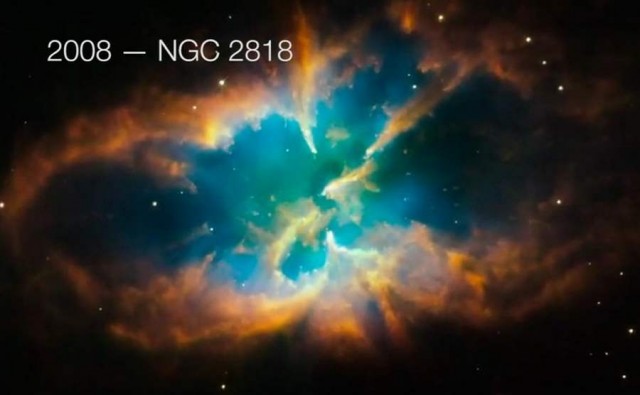We don’t have public course blogs in my history of communication course. But this discussion board post seemed germane to the stuff I write about here.
But whereas polyglot editions of the Bible made scripture (‘the words of God’) seem more multiform, repeatable visual aids like maps and equations made nature (the works of God) seem more uniform.
I found this observation from Eisenstein to be really fascinating. I knew the familiar story of the decline in reliance on imagery in late medieval Christianity (more on that in a second), but I hadn’t considered the way that growth in reliance on imagery in the natural sciences might have been in a sort of implicit dialogue with the parallel but opposite trend within religious expression.
Charles Taylor, one of the foremost scholars of the decline of religiosity in North Atlantic cultures, argues in his tome The Secular Age that the changes taking place at this time disenchanted people’s understanding of the world (for instance, less belief in good and evil spirits duking it out in the forest or whatever). It’s not so much that science replaced religion. He argues that that’s too simplistic an account, and anyway the two disciplines ask and answer different questions. Rather, he says, a disenchanted worldview creates the conditions where the belief that there is no God is a coherent and sensible position.
I mention all this because it seems relevant to this trend of religion relying less on images (e.g., on “cathedrals … as encyclopedias in stone”) and science relying more on them. Related to Taylor’s idea of enchantment, it seems to me, is the idea of imagination. I’m all for a disenchanted worldview. I have two degrees in engineering physics. I find it challenging to engage with religious people who believe evil spirits are motivating their actions. I’m about as “disenchanted” as they come. But I do think that all of us, and maybe especially religious people, need a powerful imagination.
I think images are essential to our ability to imagine other worlds, whether those worlds are at the subatomic level, in “the heavens,” on other continents, or wherever. We especially need the ability to imagine the world around us being a better place than it is right now. We’ll never get there if we can’t.
And images can help jump start the imagination in powerful ways:


From where I sit as a religious educator, I am grateful that the Web has taken such a strong and dramatic turn toward the visual—and multimodal (a blind member of my previous church has helped me see that an over-reliance on images alone is just as problematic). I frequently use religious art, photography, video, apps, and social media in my teaching and spiritual mentoring. Other colleagues are investing significantly in multimedia resources and approaches to religious education (examples: here and here).
The Reformation media phenomena we read about this week really did change Western religious culture. I am glad that trends in media today are facilitating a major comeback for the role of images in the communities where I spend most of my time.

